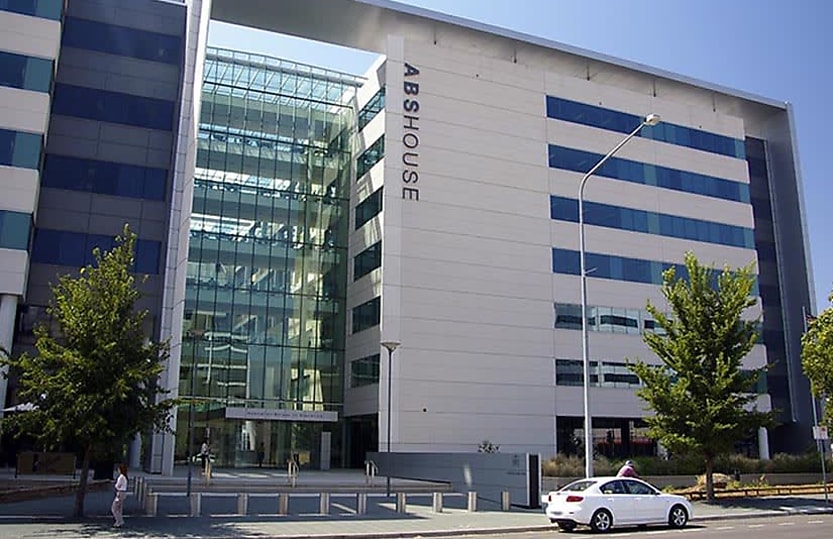September CPI means another rate rise on the cards, observers say

The second monthly rise in the annual rate means the RBA will have little choice – although it may pause next week.
The RBA will raise interest rates again following two consecutive increases in annual inflation with the September figure of 5.6 per cent up from 5.2 per cent in August and 4.9 per cent in July, observers say.
However, they were divided on when the increase would come, with some expecting the RBA to delay beyond next week’s meeting.
BDO economics partner Anders Magnusson said another interest rate increase was on the cards, although the RBA might hold next week.
“Rather than worrying about volatile items, RBA will be watching the drivers of underlying inflation such as consumer spending and wages growth. With consumption-driven inflation already heavily suppressed by recent cash rate hikes, persistent services inflation remains a key driver of the last 3 per cent that the RBA needs to squash to achieve its target.”
“Raising the cash rate would depress demand, soften the labour market and slow wages growth.”
CPA Australia senior manager Gavan Ord agreed another rate rise was likely as fuel increases flowed through the economy.
“Our members are telling us that many businesses are still struggling to respond to this challenging environment,” he said. “Fuel remains the biggest driver of inflation and this is hitting many transport businesses hard. These cost pressures will inevitably be passed on.”
“There is no time for complacency from businesses or governments. We want the government to focus on opportunities to improve business resiliency.”
Master Builders Australia CEO Denita Wawn said housing costs remained a significant source of inflation pressures, with a 4.9 per cent increase in new home prices over the past 12 months and rents racing north.
“Rental prices are up by 7.6 per cent over the past year – close to a 15-year high,” she said. “The rental market continues to be hurt by a prolonged drought in new apartment buildings and the negative consequences of rising interest rates.”
“The cost of building homes continues to be inflated through unnecessary delays and barriers including planning impediments, lengthy approvals processes and high developer charges.
“For many builders and developers, initiating large-scale home building projects in the current environment is simply too risky.”
CreditorWatch chief Economist Anneke Thompson said the slowdown in services inflation was a positive sign.
“While still high, at 5.8 per cent, it is down from the June 2023 peak of 6.3 per cent and is also the first decrease in the rate of services inflation since December 2021,” Ms Thompson said.
The problem areas included dental services (+4.9 per cent), rent (+7.6 per cent year on year) and insurance (+14.7 per cent) although rises in holiday travel slowed dramatically, from 12.2 per cent in June to 6.8 per cent in September. She said discretionary items, such as furnishings, household equipment and services, were showing very limited price growth in the face of weak consumer demand.
“Non-discretionary items such as food rose 4.8 per cent over the year, but this was mostly driven by meals out, which rose 6.9 per cent and where pricing continues to be impacted by high operating costs.”
“And it is these high operating costs that continue to be the biggest risk for Australian businesses, particularly small businesses. While fuel, insurance and utility prices are still rising, demand is now falling in many areas, such as retail trade, dining out and construction, and these businesses are now finding it increasingly difficult to pass on these costs to already financially strained consumers.”
About the author







